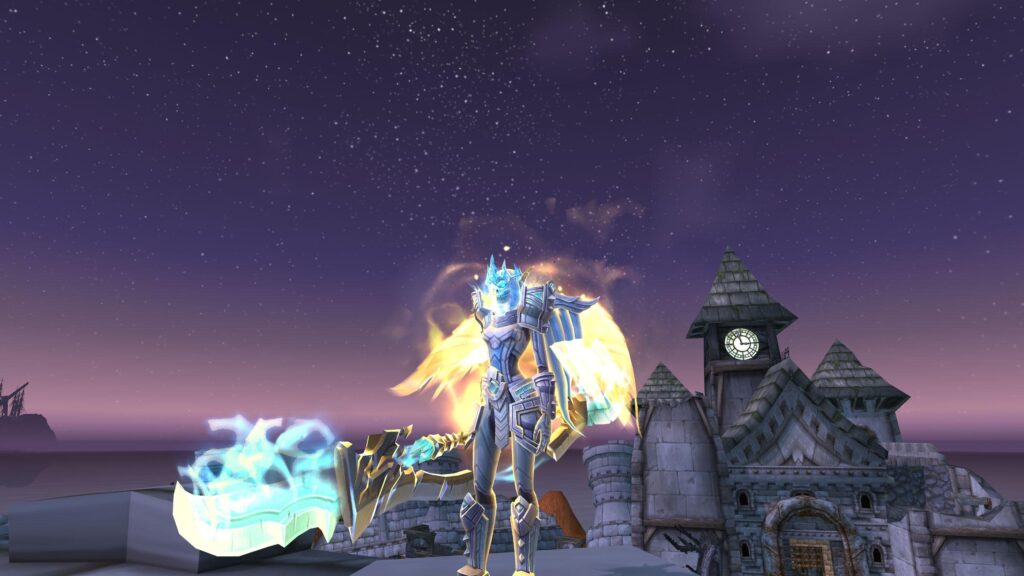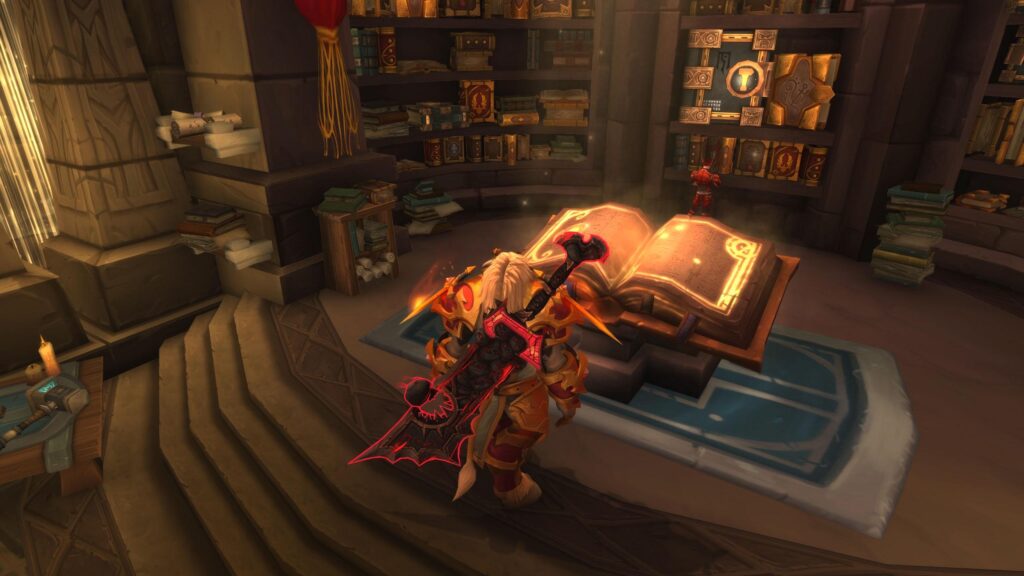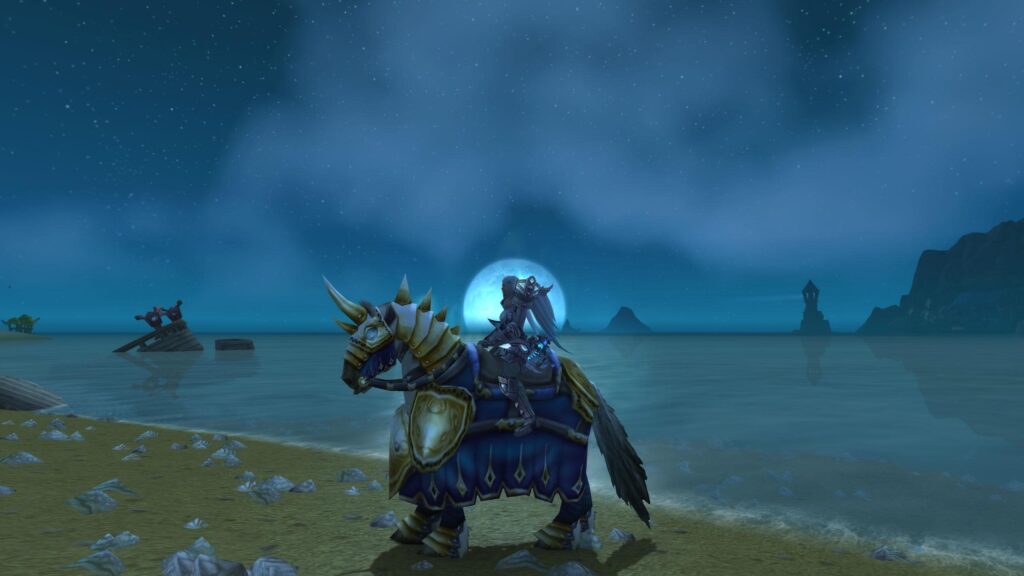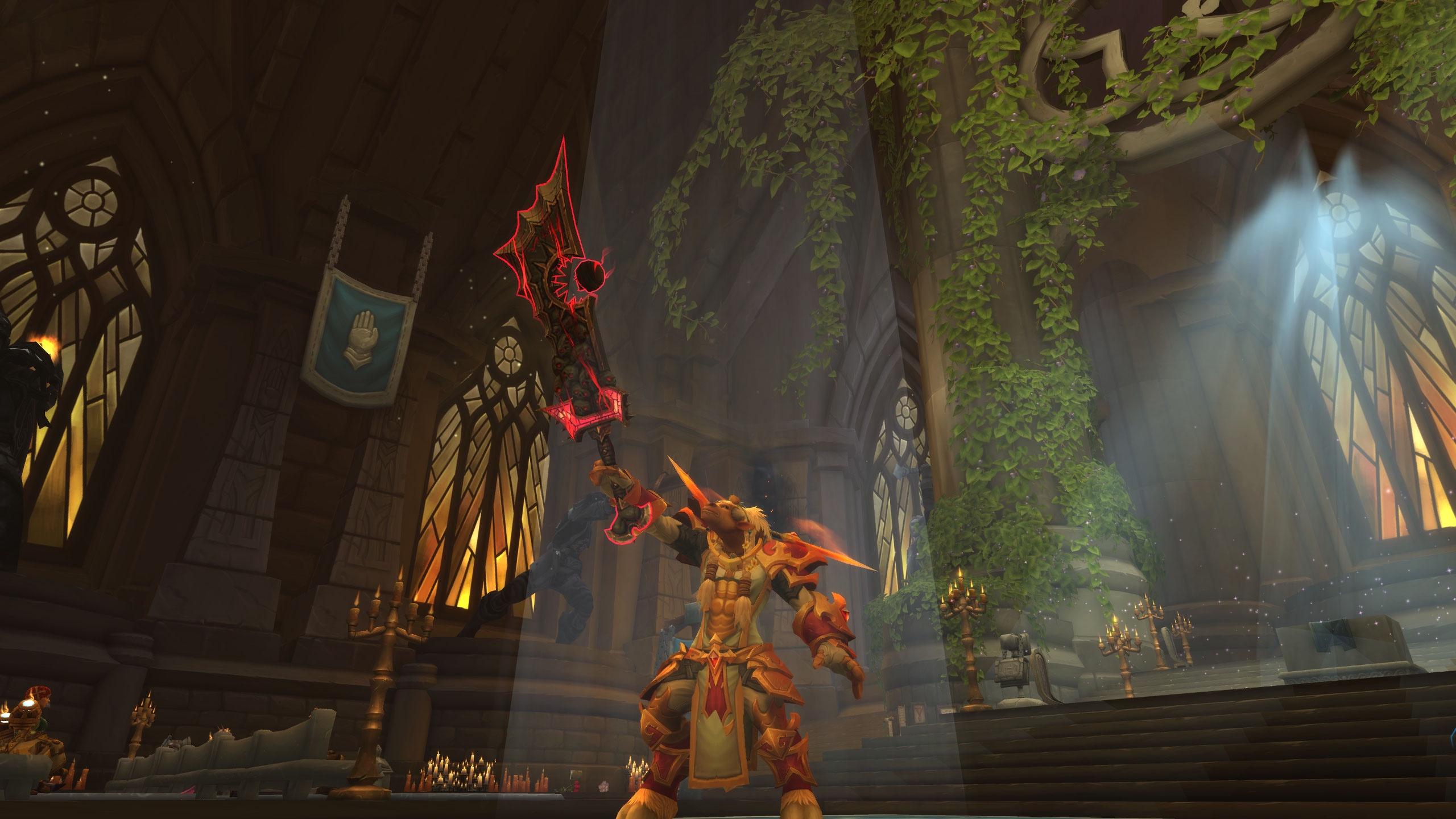Much like the fabled knights of ancient lore, as a Retribution Paladin, you’re entrusted with the power to vanquish evil and shield the innocent. You’ve chosen a path that’s both revered and demanding, wielding the Light to smite foes and heal allies. Your journey isn’t merely about mastering the blade or incantations; it’s a quest to balance the offense of a warrior with the benevolence of a cleric. With the latest updates and shifts in the meta, you’ll find the nuances of your role have evolved, requiring a fresh understanding of talents, rotations, and situational awareness. Now, as Azeroth’s threats grow ever more cunning and fierce, it’s crucial to refine your skills and adapt to the changing tides of battle. Stay with me as we navigate the intricacies of your sacred charge, exploring how you can maximize your impact in the relentless struggle for justice and peace.
Retribution Paladin Basics
Mastering the basics of a Retribution Paladin means focusing on melee combat while strategically managing your Holy Power to maximize damage output. As a Retribution Paladin, you’re a formidable force, wielding a two-handed weapon to deal massive holy damage. Your journey to becoming an unstoppable warrior of light starts with understanding how to generate and spend Holy Power efficiently.

Your go-to abilities, such as Crusader Strike and Blade of Justice, are your primary tools for building Holy Power. You’ll want to use Crusader Strike whenever it’s off cooldown to keep the Holy Power flowing. When Blade of Justice lights up, strike hard—it’s your ticket to racking up Holy Power quickly. With each successful hit, you’re setting the stage for your devastating single-target damage attacks.
Your utility talents are not just for show; they’re essential to your survival and your group’s success. Knowing when and where to deploy them can mean the difference between victory and defeat. Always keep an eye on your Holy Power gauge. You’ll need to decide when to unleash it for maximum impact, whether it’s to decimate a single target or to deliver justice to groups of foes with divine wrath.
Strengths and Weaknesses
Understanding your Retribution Paladin’s strengths and weaknesses is crucial for optimizing your gameplay and becoming a more effective combatant. As you wade through battles, you’ll want to leverage what you’re good at while being mindful of the areas where you might not shine as brightly. Here’s a snapshot of what you’re dealing with:
Strengths:
- Defensive Abilities: Your arsenal includes powerful shields and heals, making you tough to take down in the heat of battle.
- Single Target Damage: You excel at focusing down individual enemies, using your Holy Power to deal significant blows.
- Utility and Support: Beyond dishing out damage, you bring a suite of buffs and crowd control options that can turn the tide of an encounter.
However, no hero is without their kryptonite:
Weaknesses:
- Mobility: You aren’t the fastest on the battlefield, which can be a drawback when you need to move quickly.
- AoE Limitations: While you can deal additional damage to multiple foes, your area-of-effect capabilities aren’t the most robust.
- Resource Management: Juggling Holy Power effectively is key; messing up your rotation can lead to dips in your damage output.
Patch 10.2.5 Updates
In Patch 10.2.5, Retribution Paladins will find their gameplay largely unchanged, though some minor adjustments have been made to talents and auras to enhance party synergy and combat effectiveness. You’ll be pleased to know that the core mechanics you’ve grown accustomed to remain intact, allowing you to continue delivering those satisfying blows to your enemies without skipping a beat.

However, don’t overlook the subtle tweaks that have been introduced. For instance, the increase in damage scaling on Holy Shock means you’re looking at a more potent spell in your arsenal. This could shift how you prioritize your abilities during combat, especially when every bit of damage counts. And with the Retribution Aura now affecting the entire party, you’ve got more reason to stand tall as the beacon of light in your group, offering protection and strength to your allies.
Your Divine Shield has also undergone an adjustment, with a change in its duration. This tweak to your defensive toolkit requires a bit more strategizing on when to deploy this powerful cooldown. As for the talent tree, the developers have made some balance changes, ensuring that your selection of talents is as impactful as ever.
Keep an eye on these updates to maintain your edge on the battlefield and continue to uphold the honor of the Paladin class.
Core Gameplay Mechanics
While you’re familiarizing yourself with the latest patch updates, it’s also crucial to get a firm grip on the core gameplay mechanics that define the Retribution Paladin’s combat prowess. Your success on the battlefield hinges on your mastery of these elements:

- Holy Power Management: Your bread and butter abilities like Crusader Strike and Judgment aren’t just for show; they generate Holy Power, which you’ll need to fuel your most potent attacks. It’s all about striking that delicate balance—build up Holy Power efficiently, then unleash it with devastating moves like Templar’s Verdict for single-target or Divine Storm for AoE scenarios.
- Cooldown Optimization: You’ve got an arsenal of powerful abilities with cooldowns that can turn the tide of battle. It’s not just about mashing buttons; it’s about timing. Knowing when to deploy game-changers like Avenging Wrath or your versatile Hand spells can make all the difference between victory and defeat.
- Talent Adaptability: The talent tree is your playground for customization. Depending on the fight ahead, you’ll want to tweak your build to maximize your effectiveness. Whether it’s bolstering your defenses or ramping up your damage output, the choices you make here will reflect on the battlefield.
Talent Selection Strategy
Mastering the art of talent selection is key to becoming a formidable Retribution Paladin, as it directly impacts your combat effectiveness. You’ve got to weigh your talents against the foes you’ll face and the role you’ll play in your party. With the changes in Patch 10.2.5, it’s crucial to stay updated and tweak your build accordingly.
First off, consider your basic abilities. Prioritize Crusader Strike and Templar’s Verdict for single-target damage, and don’t forget Divine Storm for those AoE scenarios. These are your bread and butter, so talents that enhance these moves are often a safe bet.

Next, look at your utility skills. Auras have gotten a boost, so talents like Retribution Aura now benefit your entire party, making them more valuable in group settings. Also, keep an eye on talents that improve your survivability. As a Paladin, you’re not just a damage dealer; you’re a bulwark against the darkness.
Frequently Asked Questions
How Does the Retribution Paladin Fit Into the Current Pvp Meta, and What Are Some Strategies for Excelling in Arenas and Battlegrounds?
You’ll find Retribution Paladin strong in PvP due to its burst damage and survivability. Excel by timing cooldowns, using crowd control wisely, and supporting allies with heals and buffs in arenas and battlegrounds.
What Are the Best Synergies Between Retribution Paladins and Other Classes in Group Pve Content, Such as Dungeons and Raids?
You’ll find that pairing with classes offering strong crowd control or AoE buffs, like Mages or Priests, enhances your group’s PvE performance, maximizing both your damage output and the team’s overall efficiency.
Can You Detail the Stat Priority for Retribution Paladins, Including Which Secondary Stats They Should Focus on After Strength?
As a Retribution Paladin, your stat priority is like a beacon in the dark—focus on Strength first, followed by Haste or Mastery, then Critical Strike, and finally Versatility to maximize your holy wrath.
How Does Weapon Choice, Such as Two-Handed Sword Versus Two-Handed Mace, Impact the Effectiveness of a Retribution Paladin’s Abilities and Damage Output?
Your weapon choice, like a sword or mace, affects your abilities’ effectiveness. Specific talents might favor one over another, altering your damage output. Remember, your playstyle and preferences also play a critical role.
What Are Some Advanced Tips for Managing Cooldowns During High-Pressure Situations, Such as Mythic+ Dungeons or Raid Boss Fights?
In high-pressure fights, you’ll want to track your cooldowns closely. Use add-ons or macros to optimize usage, and coordinate with your team for burst phases. Save defensives for anticipated damage spikes.
Explore the World of Warcraft like never before – Dive into our blog now!


Leave a Reply